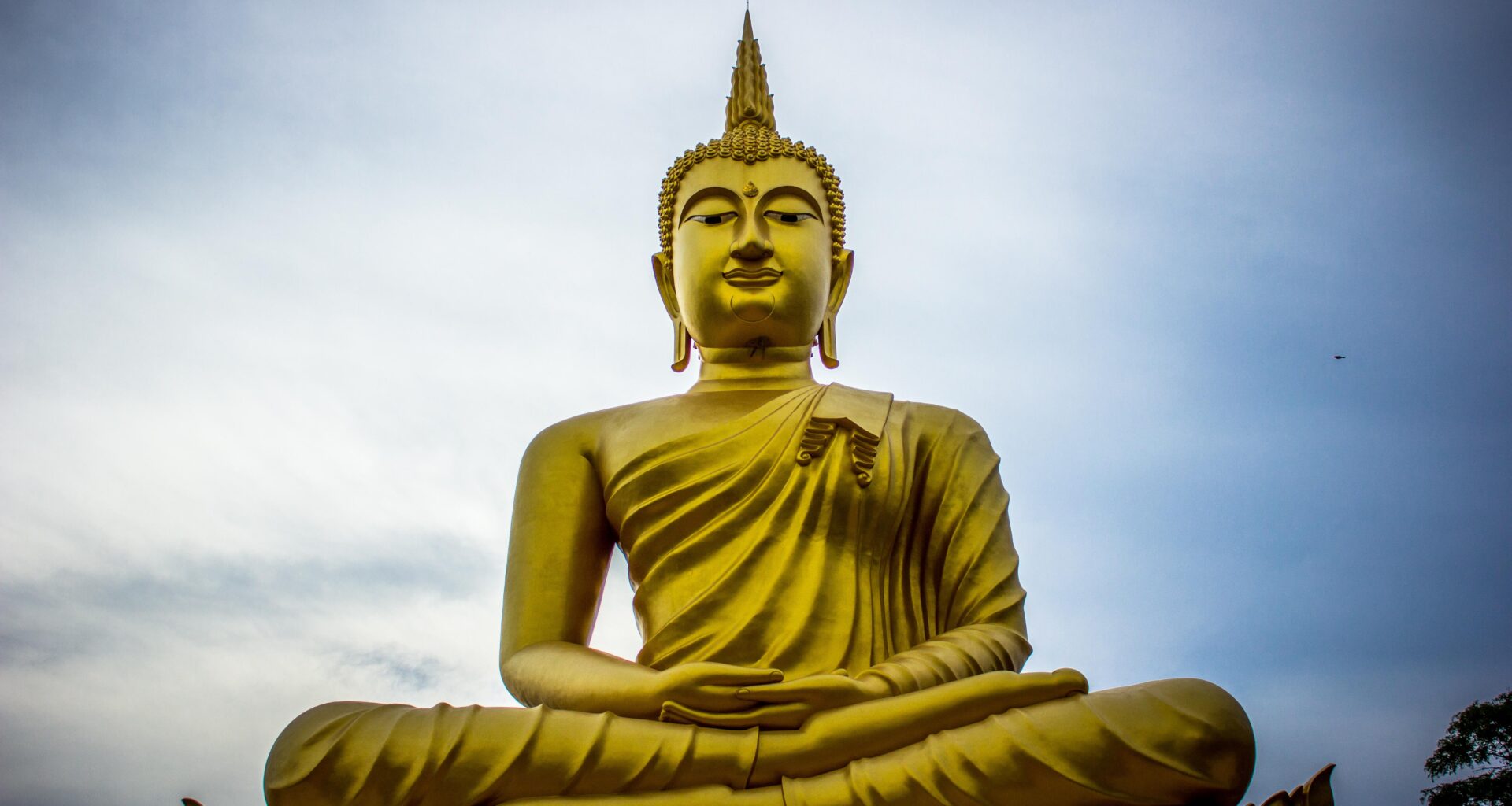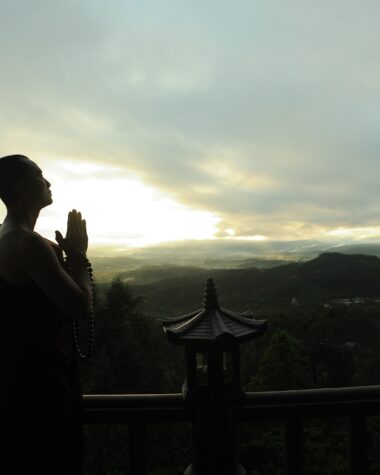Dharma Ocean discusses the path of study and practice that leads to the realization of one’s inherent worth and dignity. He draws his topics from the instructions of a retreat led by Reggie Ray. The Dharma Ocean talks are a great introduction to the path of study and practice.
Self-Awareness
Dharma Ocean is an educational foundation that promotes somatic meditation as an important aspect of Buddhist practice. The organization provides courses on somatic meditation as well as study resources and offers free guided meditation. Dharma Ocean’s branded content is produced by the foundation and does not reflect the views of the Daily Sundial editorial staff. The foundation’s mission is to help people develop their self-awareness and become fully human.
Self-awareness is central to Buddhism. The Dharma Ocean’s Spiritual Director, Dr. Reggie Ray, discusses the practice in his new book, The Awakening Body. This book is available from Shambhala Publications.
Emptiness
In Buddhism, the journey of independence is an essential part of enlightenment. The Buddha’s disciples explain these processes by employing a doctrine of dependent arising, which avoids the extremes of nihilism and eternalism. Rather, Buddhists talk about the five aggregates, which represent a dynamic, dependently-arising process. These aggregates all have some continuity, and their meanings are not determined by a single idea or opinion.
The Buddha stresses the verifiability of Buddhist doctrines. Buddhism rejects the dichotomy between rationalism and empiricism, as both require a critical examination of empirical evidence. This means that Buddhist doctrines are empirically verifiable, even if they do not refer to the existence of God.
Uniqueness
Several prominent Buddhist scholars have studied Buddhism and its uniqueness. These include Prasad Bhupala, Duggirala Balarama Krishnaiah, Swamy Sivashankara Sastry, and Tirumala Ramachandra. In addition, scholars such as G. V. Krishna Rao and Chilukuri Narayana Sharma have also contributed to this field.
The dhamma is a fundamental concept in Buddhism. The sutras contain a variety of teachings. Buddhism includes a variety of texts and teachings. In addition to the Pali texts, several Buddhist scholars have written on Buddhism. For example, a book by Krishna Rao in the Telugu language, titled The Essence of Buddhism, is about the history and philosophy of Buddhism. Another example is the book by Rhys Davids, published by the Pali Text Society.
Compassion
The journey of independence in Buddhism can be considered an important element of Buddhist practice, which requires an understanding of the nature of liberation. The Buddha’s teachings on this subject can be summarized into two principles: doctrine and discipline. The Four Noble Truths are the doctrine, while the Noble Eightfold Path is the discipline. Together, these principles form a harmonious whole, called dhamma-Vinaya.
The author of Dharma Ocean, a prominent practitioner, teacher, and scholar, Reginald “Reggie” A. Ray, was one of the first American disciples of Chogyam Trungpa Rinpoche, the great spiritual teacher who brought Buddhism to Tibet. He established several meditation centers and a Buddhist-inspired university in the United States and became one of the most influential dharma masters in history. He has written four books and taught countless students.
Imaginative Capacity
The journey of individuality is one of the central themes of Buddhism. For centuries, the buddhadharma was passed down from teacher to student, but today, Buddhism is taught as an exploration of human nature. The path is not always straightforward, and it requires the individual to engage in the journey.
In the Dharma Ocean, author Barry Boyce surveys the vast body of teachings of Chogyam Trungpa Rinpoche, one of the seminal figures of twentieth-century Buddhism. Rinpoche, who passed away in 1987, left behind a huge body of work. His Collected Works contain more than four thousand pages, and he also wrote several other books. He was born in Tibet and settled in the United States in 1970. He died there in 1987.
Eye Level Communication
Buddhism emphasizes non-verbal communication in order to achieve better results in interpersonal relationships. Communication in Buddhism is structured on hierarchy, with parents being superior to children, teachers to students, and managers to subordinates. Even monks walk in ranks. You might be asked a personal question in order to determine your rank, which can be uncomfortable. In Cambodia, the individual takes a backseat to the group.
Also Read: Religion And Spirituality: What Is The Difference Between Them?
Lastly
During the course of this journey, the practitioner may develop the wisdom necessary to practice dharma. In fact, it is a lifelong process. The practitioner must develop both internal and external qualities. If the practitioner wants to achieve self-mastery, he must cultivate these qualities. This process involves meditation, contemplation, and the development of wisdom.








